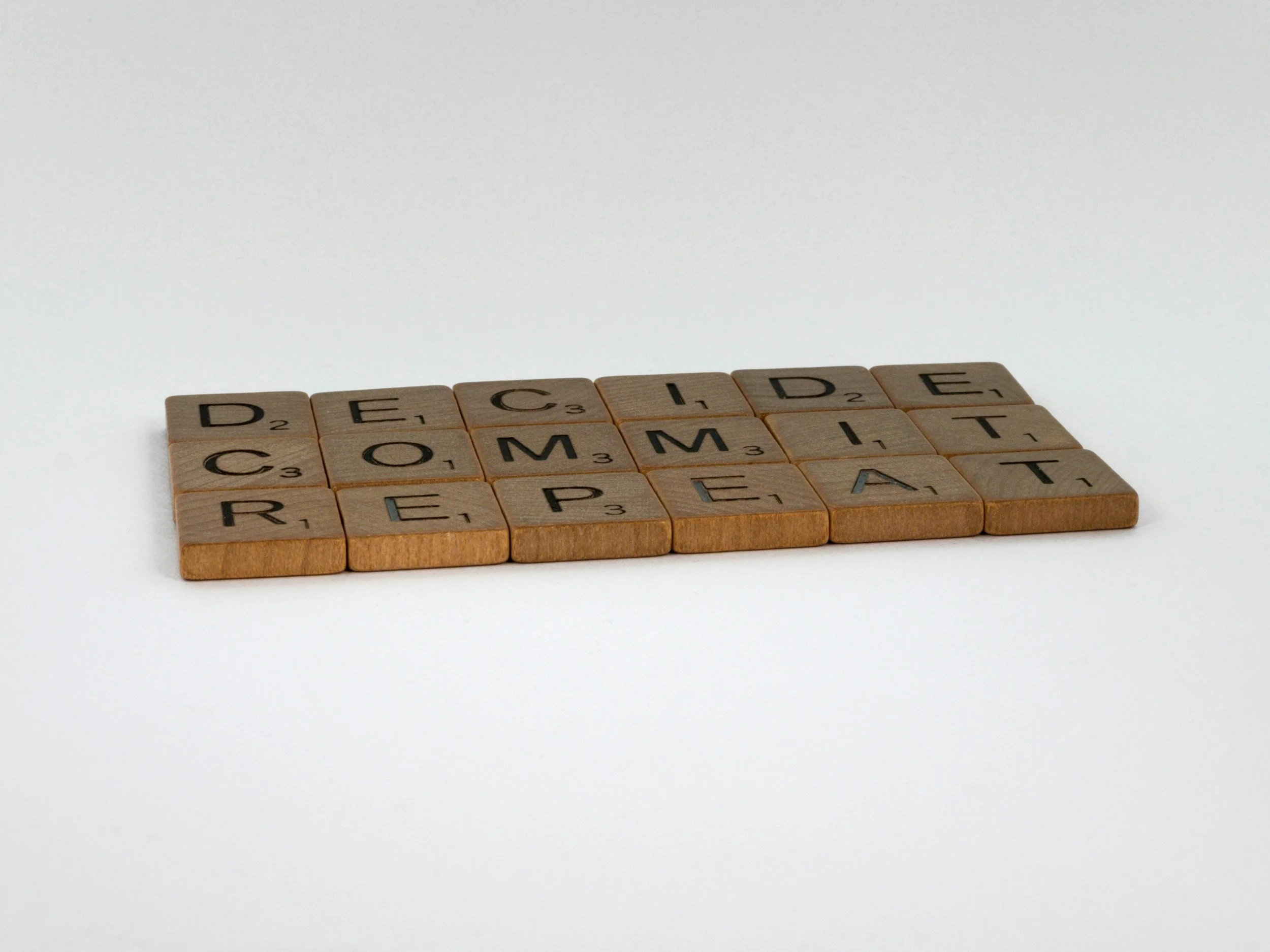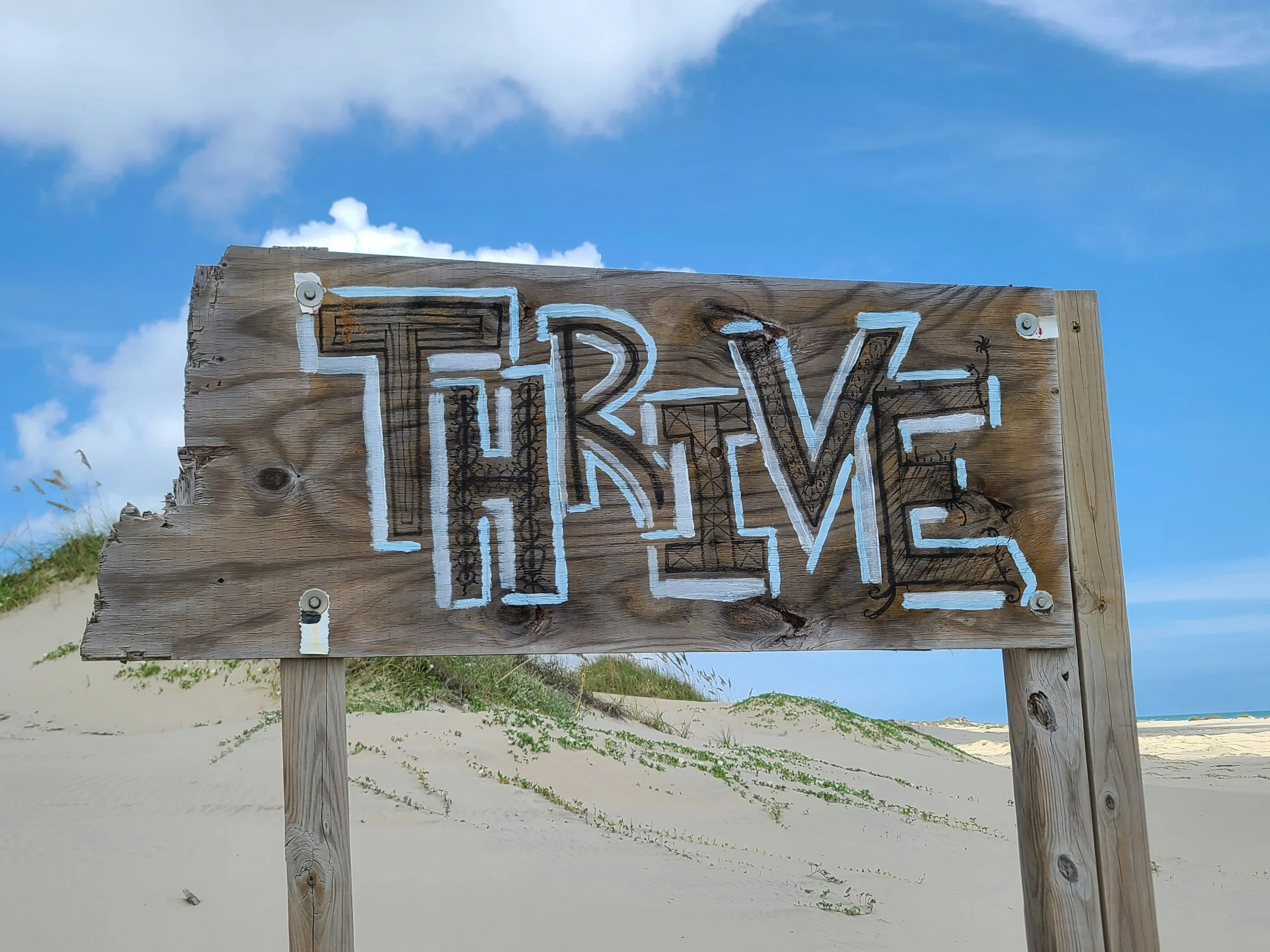Finding the Jazz in Teaching: Accepting Unexpected Moments
Published 15 December 2024
(In Ep #0 of the Professionall Pathways Podcast | Cal’s Journey into Teacher Education)
“Learning that just because you put your whole heart into a lesson and think it is perfect, most of the time it’s not gonna go the way you think. That was a really hard lesson for me to learn, that even though I had planned, I had hopes of how things would go, I think it’s always the lessons that I cared about the most that didn’t go the way I hoped. You know, you can have a perceived idea of how something will go in advance, but really learning to embrace those unexpected moments that you didn’t think would come up or really embracing those unexpected lessons that come up where a student or you come across something that is a teachable moment…I think having that ability to improv and make those kinds of slight changes based on how things are going is a skill that a teacher really has to develop.”
As educators, we invest time and energy crafting lessons we believe will inspire, engage, and educate our students. However, even the best-laid plans often encounter unforeseen obstacles. Whether it's a technology hiccup, a student misunderstanding, or an unexpected question that redirects the entire class, these moments can feel frustrating. Yet, they also represent opportunities for improv, creativity, and adaptability—–qualities essential for impactful teaching.
What is improv?
The skill of improvisation in the classroom is akin to a jazz musician adapting to a new melody in real-time. In music, improvisation refers to “a performance practice in which the instrumentalist extemporizes, playing something that is not written in the score” (Sawyer, 2008, p.1). It requires not only confidence but also trust in one's professional judgment and a willingness to let go of rigid expectations.
The ability to adapt plans in real time with an impromptu riff is a hallmark of effective educators. Adapting to unexpected teaching moments fosters resilience and creativity in the classroom. Sawyer (2011) emphasizes that "teachers can adopt some of the improvisational features of informal learning environments, while adding structure needed to guide student activities toward required subject-area learning outcomes." This perspective highlights the necessity for educators to remain flexible and open to unplanned yet impactful learning moments.
This focus on adaptability resonates with the growing emphasis on "teachable moments" in pedagogical literature. These moments, explored in Haug (2013), can be planned or spontaneous, “when the teacher must choose to either follow the pace of the curriculum or adapt to the students’ needs” (p. 79). Incorporating improvisation in teaching isn't just about saving a lesson—–it’s about capitalizing on real-time opportunities to make the lesson even more engaging and meaningful .
Furthermore, unplanned teachable moments often bring genuine, lasting learning experiences. Dewey (1938) emphasized the importance of experiential learning, arguing that meaningful education often emerges in the interplay between planning and spontaneous discovery. An unanticipated question about a historical figure or a spontaneous group discussion about current events can lead to deeper exploration and critical thinking, illustrating the power of embracing unpredictability in education.
Educators who view unexpected moments as opportunities for exploration—–rather than disruptions—–cultivate a growth mindset for both themselves and their students. This approach not only makes teaching more dynamic but also models adaptability and resilience for students, preparing them for a world that rarely unfolds as planned. Additionally, cognitive science has shown that integrating improvisation into students’ learning supports constructivist theory and would help move us further away from industrial education (Sawyer, 2008).
Five Practical Tips for Adapting Plans and Embracing Teachable Moments:
Prioritize Flexibility in Planning: Design lessons with a clear structure but leave space for improvisation. For example, include a list of open-ended questions to extend a lesson based on student responses.
Lean into Curiosity: When students ask unexpected questions, seize the opportunity to explore their interests. Use these moments to teach research skills or model critical thinking.
Maintain a Growth Mindset: View disruptions as opportunities for growth rather than setbacks. Reflect on these moments to identify new strategies for integrating frequently asked questions into your lessons.
Create a Collaborative Environment: Encourage students to share insights and ideas during unplanned moments. This not only enriches the learning experience but also builds a stronger classroom community.
Document the Experience: After an unplanned moment, jot down what happened and how you adapted. Reflecting on these instances can help you build a repertoire of strategies for future use.
Adapting to unplanned moments is not about abandoning preparation but about balancing it with responsiveness and creativity. By embracing unpredictability, teachers can turn disruptions into opportunities for meaningful learning and skillful teaching. These moments remind us of the dynamic nature of education, where growth happens not only in the planned but also in the unexpected. As you continue to refine your teaching, consider how adaptability can transform challenges into powerful jazzy lessons for both you and your students.
Discussion Question
How have unplanned moments shaped your teaching practice, and what strategies have you developed to make the most of them?
Related Posts
-
Dewey, J. (1938). Experience and education. Internet Archive. Retrieved from https://archive.org/details/experienceeducat0000john
Haug, B. S. (2013). Inquiry-Based science: Turning teachable moments into learnable moments. Journal of Elementary Science Education, 25, 79-96. DOI 10.1007/s10972-013-9375-7 Retreived from https://www.researchgate.net/profile/Berit-Haug-2/publication/261015445_Inquiry-Based_Science_Turning_Teachable_Moments_into_Learnable_Moments/links/5659ad4708aeafc2aac4c26c/Inquiry-Based-Science-Turning-Teachable-Moments-into-Learnable-Moments.pdf
Sawyer, R. K. (2011). The creative classroom: Innovative teaching for 21st-century learners. Teachers College Press. Retrieved from https://books.google.com/books?hl=en&lr=&id=qrKtDwAAQBAJ&oi=fnd&pg=PP1&dq=Sawyer,+R.+K.+(2011).+The+creative+classroom:+Innovative+teaching+for+21st-century+learners.+Teachers+College+Press.&ots=rS39aO-Bso&sig=c0Wed7WpB-qaB6ZCoII2HhmupWo#v=onepage&q=Sawyer%2C%20R.%20K.%20(2011).%20The%20creative%20classroom%3A%20Innovative%20teaching%20for%2021st-century%20learners.%20Teachers%20College%20Press.&f=false
Sawyer, K. (2008). Improvisation and teaching. Critical Studies in Improvisation/Études critiques en improvisation, 3(2). Retrieved from https://www.criticalimprov.com/index.php/csieci/article/download/380/625
Vygotsky, L. S. (1978). Mind in society: The development of higher psychological processes. Harvard University Press. Retrieved fromhttps://www.hup.harvard.edu/catalog.php?isbn=9780674576292




